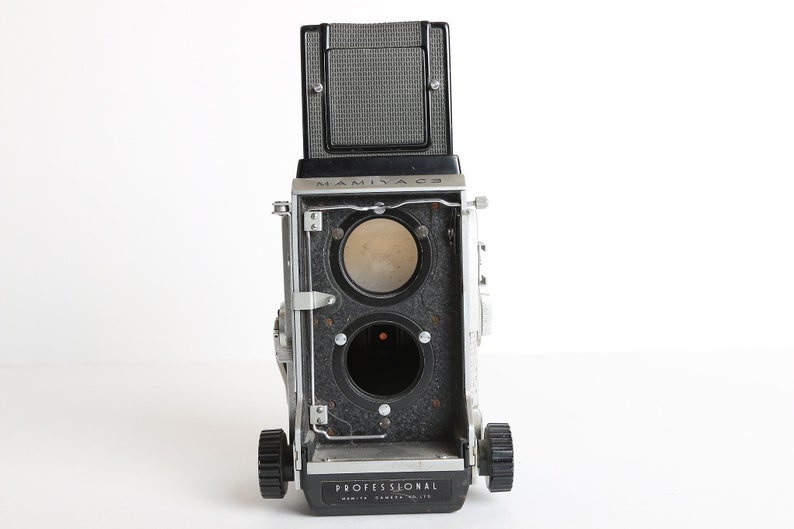


That means the standard 35mm frame has 'half' the diagonal of the 67 (though the ratio is different) but a quarter the area. Mamiya actually used 56 x 67mm.When comparing the RB67 to full frame 135 cameras there is a so-called 'crop factor' of a half. The 6x7 frame had been introduced and patented by Linhof (56 x 72mm) and was described as being ideal, as the negatives required very little cropping to fit on standard 10' x 8' paper. The RB67 soon became widely used by professional studio photographers. Like the Linhof Technika the RB67 had a rotating back which enabled photographs to be taken in either landscape or portrait orientation without rotating the camera, at the expense of additional weight and bulk. Previous medium-format professional SLR cameras used the square 6×6 cm format which did not require the camera to be rotated for photographs in portrait orientation, problematical with large and heavy cameras when tripod-mounted. The RB67, a large, heavy, medium-format camera with built-in closeup bellows was innovative and successful. In 1970, Mamiya introduced the RB67 6×7 cm professional single lens reflex (SLR).


 0 kommentar(er)
0 kommentar(er)
